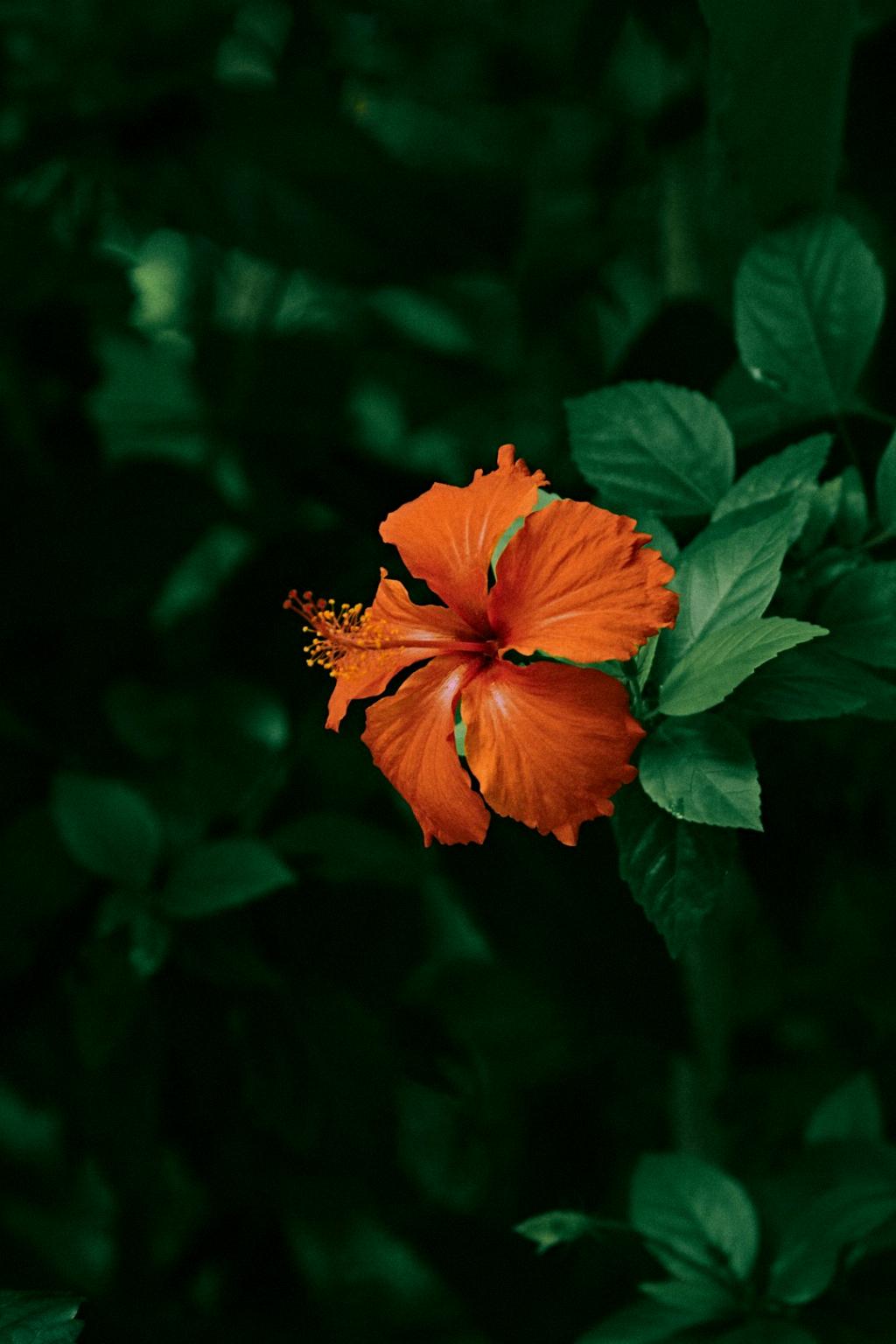When it comes to finding the perfect spot to plant your hibiscus tree, there are a few key factors to consider that can help ensure its growth and beauty. Hardy hibiscus, in particular, thrives in full sun, so it is essential to select a location in your garden that receives plenty of sunlight throughout the day. While hibiscus can tolerate partial shade, it is important to note that their growth and flowering may suffer in such conditions. For optimal results, aim for a sunny spot that gets at least six hours of direct sunlight daily.
In regions with exceptionally hot summers, it may be necessary to provide some shade for your hibiscus tree during the hottest part of the day to protect it from scorching temperatures. This can help prevent stress on the plant and ensure that it continues to grow and bloom abundantly throughout the season. Consider planting your hibiscus in a location where it can receive a bit of shade during the peak heat to keep it happy and healthy.
When it comes to planting hibiscus trees in your garden, it is best to position them along or in the back of perennial flower beds. Placing them here not only adds a stunning focal point to your landscape but also allows them to complement other plants and flowers in the bed. This strategic placement can create a harmonious and visually appealing garden design that showcases the beauty of your hibiscus tree while enhancing the overall aesthetics of your outdoor space.
Additionally, hibiscus trees can be planted as standalone specimens to create a striking visual impact in your garden. Consider placing them in a prominent location where they can stand out and draw attention. Whether in a large container on a patio, at the edge of a garden bed, or as a centerpiece in your yard, hibiscus trees are sure to make a statement wherever they are planted.
When planting your hibiscus tree, be sure to prepare the soil adequately to provide a healthy growing environment for the plant. Hibiscus trees thrive in well-draining soil with a slightly acidic pH level. Amending the soil with organic matter such as compost can help improve its structure and fertility, ensuring that your hibiscus receives the nutrients it needs to flourish.
Consider the mature size of your hibiscus tree when selecting a planting location to allow ample space for growth. Hibiscus trees can reach varying heights and widths depending on the variety, so it is essential to choose a spot that can accommodate the plant’s size at maturity. Providing enough room for the hibiscus to spread out will prevent overcrowding and allow for proper air circulation, reducing the risk of disease and promoting healthy growth.
When planting hibiscus trees in your garden, pay attention to the surrounding landscape and architectural features to create a cohesive and visually appealing design. Consider elements such as color, texture, and height to ensure that your hibiscus tree complements its surroundings and enhances the overall aesthetic of your outdoor space. By carefully planning the placement of your hibiscus tree, you can create a harmonious and balanced landscape that showcases its beauty.
Another factor to consider when choosing a planting location for your hibiscus tree is the presence of other nearby plants. While hibiscus trees generally grow well alongside a variety of perennials and shrubs, it is essential to avoid planting them too close to aggressive species that may compete for nutrients and water. Give your hibiscus tree ample space to thrive without being overcrowded by neighboring plants, ensuring that it has the resources it needs to grow and bloom vigorously.
Creating a focal point with your hibiscus tree can enhance the visual appeal of your garden and draw attention to its stunning blooms. Consider planting your hibiscus tree in a location that is easily visible from different areas of your yard or outdoor living spaces to make the most of its beauty. Whether positioned near a seating area, along a garden path, or at the center of a flower bed, your hibiscus tree can become a captivating feature that adds charm and sophistication to your landscape.
For gardeners looking to attract pollinators to their outdoor space, hibiscus trees are a fantastic choice. Their bright, showy flowers are magnets for bees, butterflies, and hummingbirds, bringing life and movement to your garden. By planting your hibiscus tree in a location that is easily accessible to pollinators, you can create a vibrant and dynamic environment that supports a diverse array of wildlife while enjoying the beauty of your blooming tree.
Don’t forget to consider the overall aesthetics of your garden when choosing a planting location for your hibiscus tree. By selecting a spot that complements your existing landscape design and enhances the visual appeal of your outdoor space, you can create a cohesive and harmonious garden that showcases the beauty of your hibiscus tree. Take into account factors such as color, texture, and form to ensure that your hibiscus tree integrates seamlessly into its surroundings and contributes to the overall charm of your garden.
In conclusion, finding the perfect spot to plant your hibiscus tree is essential for its growth and overall health. By selecting a sunny location with well-draining soil, giving the tree adequate space to grow, and paying attention to its surroundings and companions, you can create a stunning landscape that showcases the beauty of your hibiscus tree and enhances the visual appeal of your outdoor space.

